They’re not actually caves, but old chalk mines underneath the nearby suburb of Chislehurst. We’d been meaning to visit for a while, as I’m leaving to go south for work this weekend I was pleased when Trish reminded me that we hadn’t been yet. I’m not sure what exactly I was expecting, perhaps just a few big caves with stalactites & stalagmites. But it was a huge network, 22 miles worth, of mostly-short interconnected tunnels – pretty low & skinny in places – with a very interesting history. The network was divided in to three sections – Druid, Roman & Saxon – named after those that had allegedly dug each section.
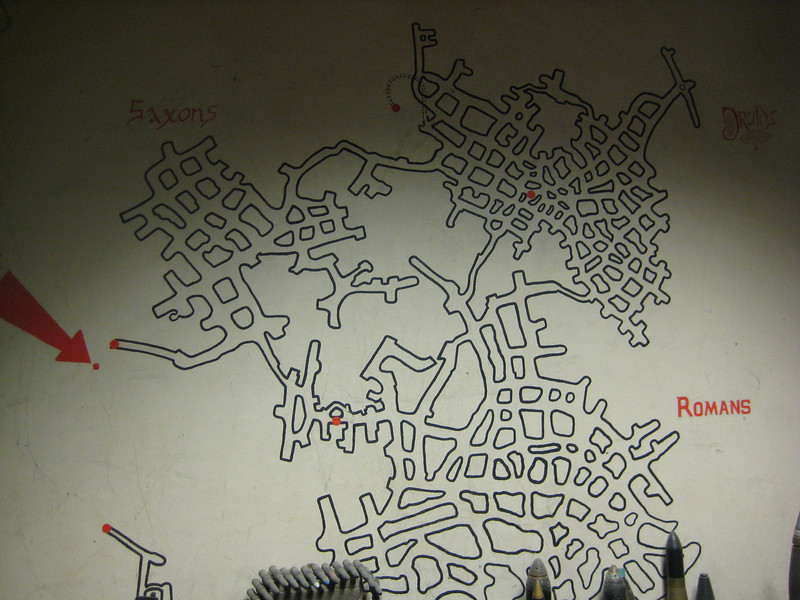
As it was mid-week, our guided tour was only four strong. Our knowledgeable guide, with a wonderfully warped sense of humour, gave us a couple of hurricane lamps & off we went descending to about 40 metres below the surface. The most famous part of the caves’ history is its use as a WWII air-raid shelter for local families. There were up to 15,000 sleeping in triple-bunks; some families had to stay there for years as their houses had been destroyed. There were facilities (kitchens & bathrooms) on the surface. Underground there is a still consecrated chapel (just one birth & christening underground – the unfortunately named Cavena) & as well as the remains of the hospital. The network of tunnels is incredibly stable & there were no collapses. It was incredible wandering around thinking of the thousands trying to get a good night’s sleep in such cramped & damp conditions.
It was strange wandering around a tourist attraction that had absolutely no electric lighting, but our guide knew his way & soon had us completely disoriented by all the tiny side tunnels that interconnected. We saw a few altars that were allegedly used by the Druids for animal sacrifice & then we spent a fair amount of time by one discussing how often there might have been human sacrifices there. It was at this time that we were herded in to a small alcove, the guide took our lamps & we closed our eyes as he wandered off down the tunnel counting down from ten. The echo in the place was just fantastic, it went on & on (on & on, on & on, on & on…). When the counting was over, we opened our eyes & the darkness was incredible. I kept waiting for my eyes to adjust, but there was no hope of that with absolutely no light around. In the meantime, our guide had given an almighty whack to an old steel water tank – if the speech echo was loud & prolonged, this was another level completely. We were pleased to get our lamps back.
Other interesting parts of note included the old ammunition store used during the first war – storage of munitions from nearby Woolwich Arsenal, it took them two years to empty after armistice. Close to this was a small concrete stage that was used for what was literally an underground music venue. Some quite big names played here in their early days – David Bowie, Pink Floyd, Led Zeppelin, The Kinks, The Rolling Stones & Jimi Hendrix (before he was ‘Hendrix’). From the ’50s on there was also a challenge to sleep overnight alone next to a small pool (it was mostly filled in to stop sheltering kids falling in during the war) that was supposed to be haunted. Of the 270-odd that tried, only one guy managed it. In the ’80s two employees of the Caves tried to do so, separated by a couple of caverns – they didn’t make it through the night. One guy screamed & the other found him unconscious on his bed – he was carted off to Queen Mary’s Hospital & had a badly dislocated right shoulder. I thought I’d end with a personal link. Sorry for lack of pictures, but there wasn’t much opportunity.
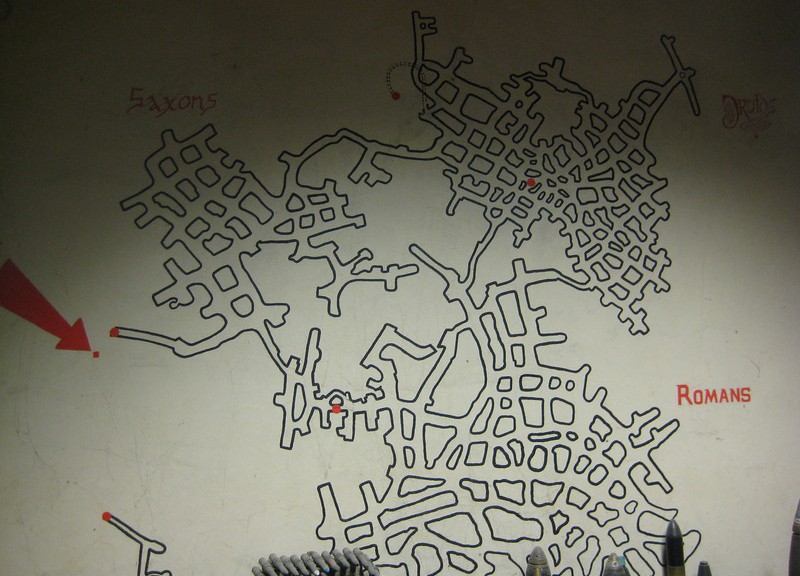
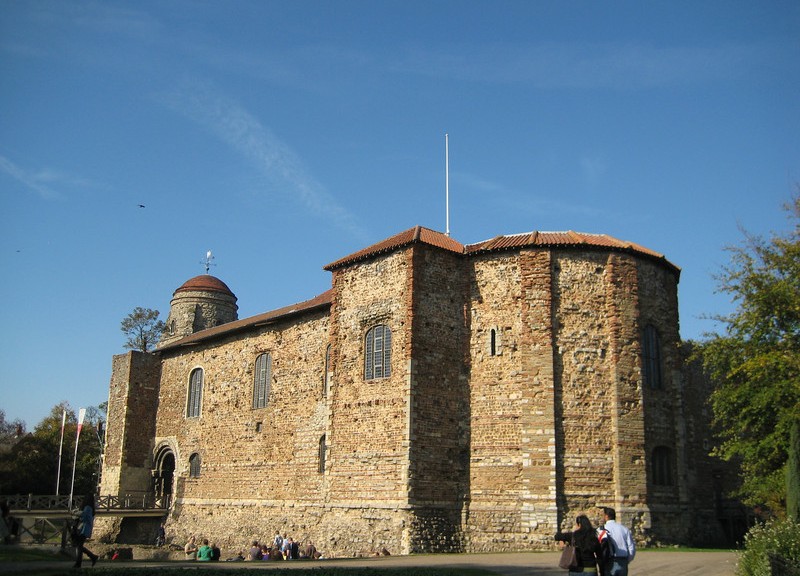
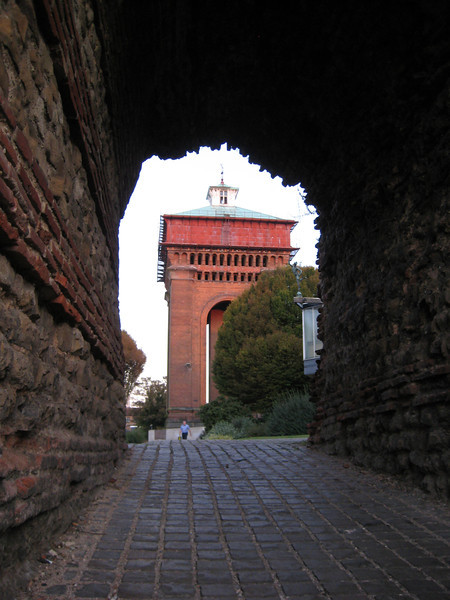 The water-tower, Jumbo, through the old Roman wall (first century AD)
The water-tower, Jumbo, through the old Roman wall (first century AD)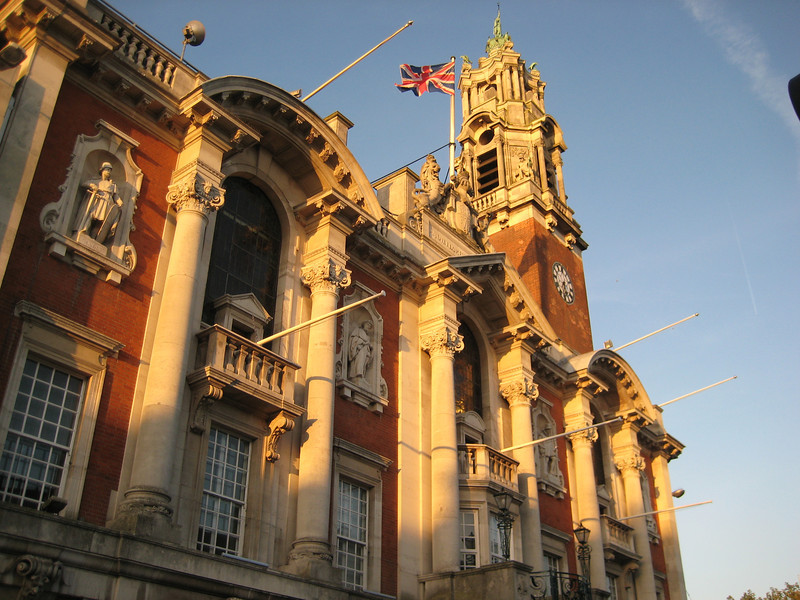 Colchester Town Hall
Colchester Town Hall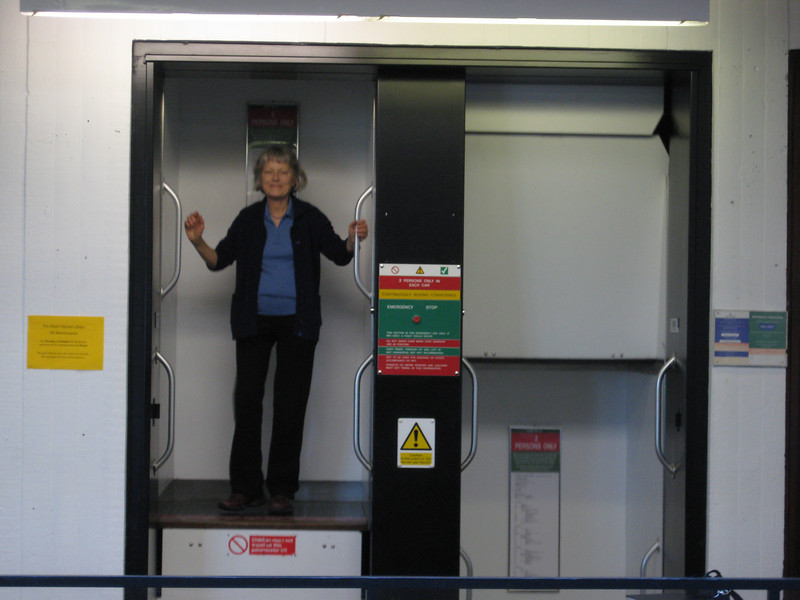 Mum about to disappear into the unknown
Mum about to disappear into the unknown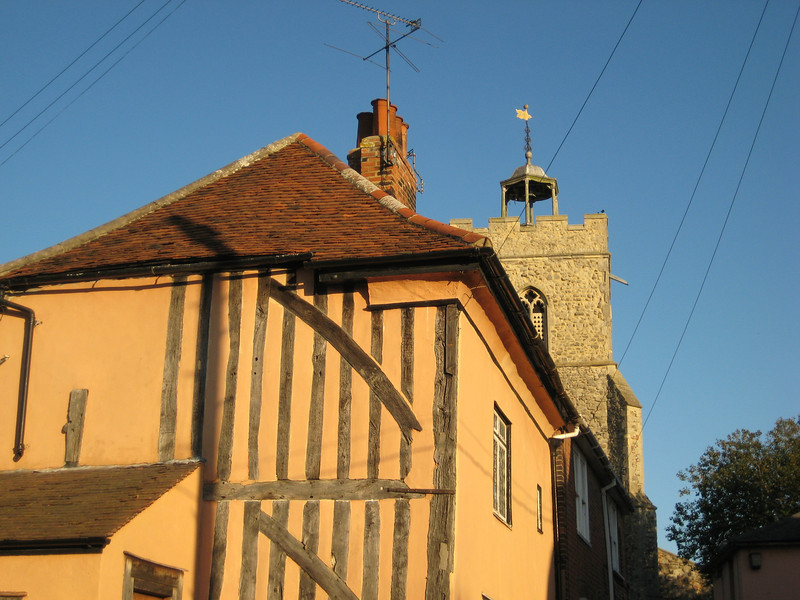
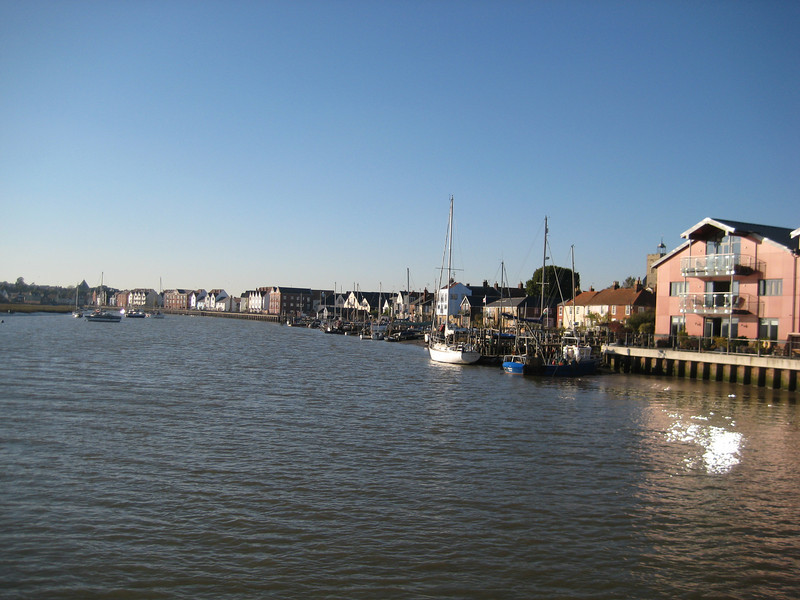
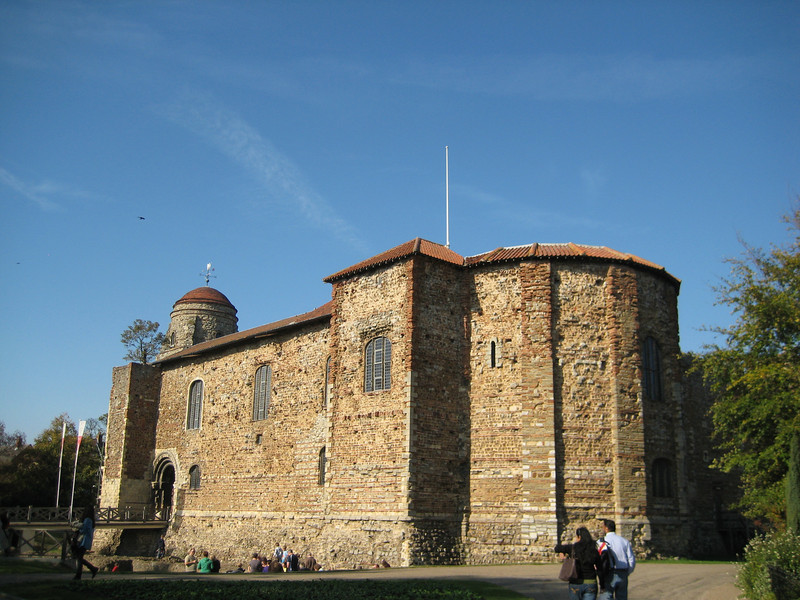
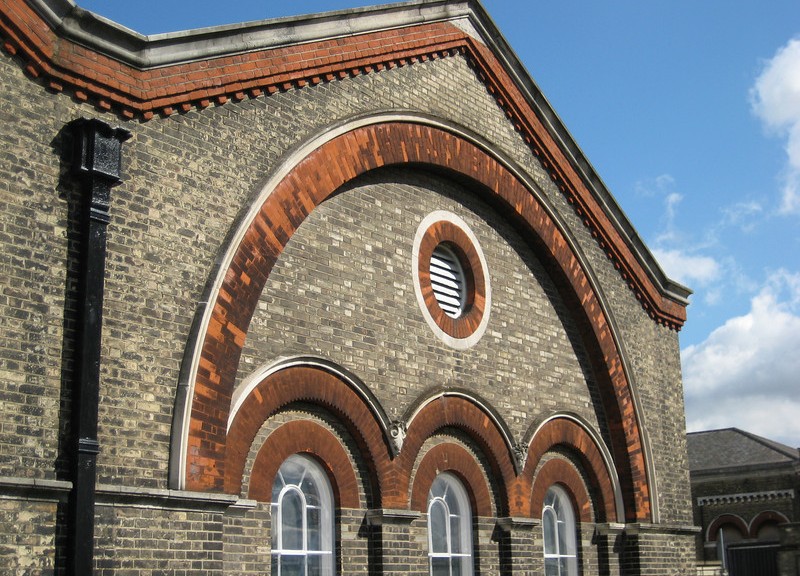
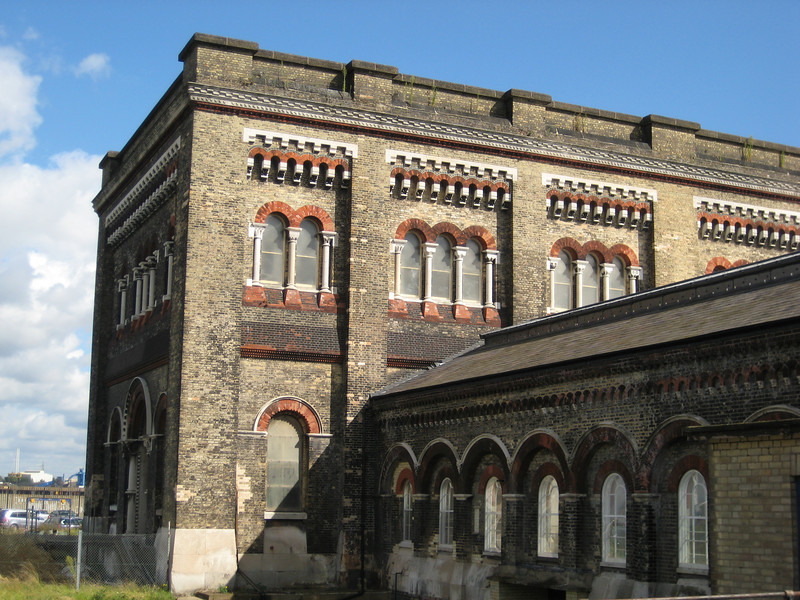 Engine house at rear, boiler house in foreground
Engine house at rear, boiler house in foreground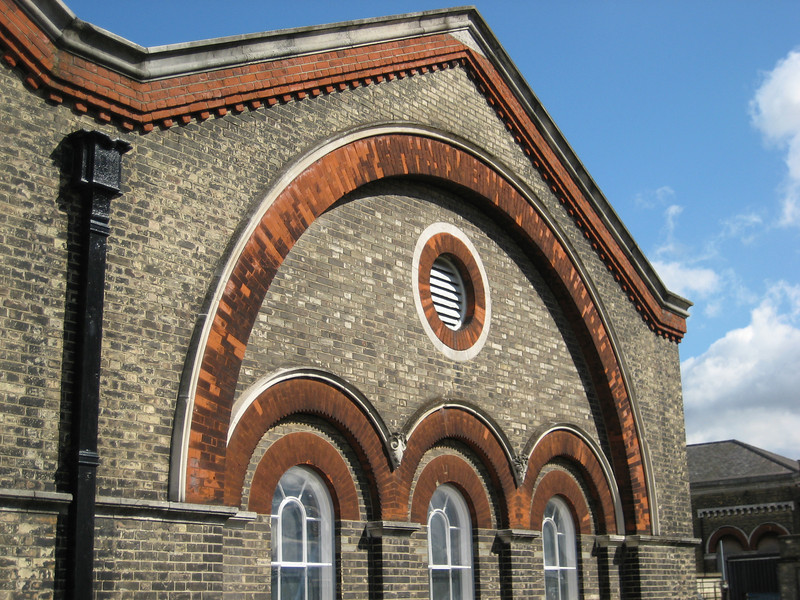 The brickwork was exceptional all the way around
The brickwork was exceptional all the way around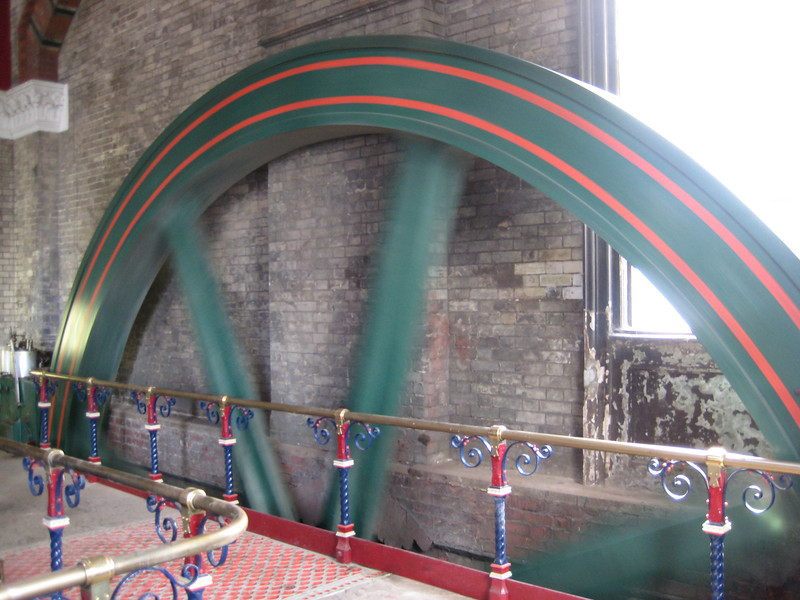 The Prince Consort’s flywheel – note the trimming on the guard rail
The Prince Consort’s flywheel – note the trimming on the guard rail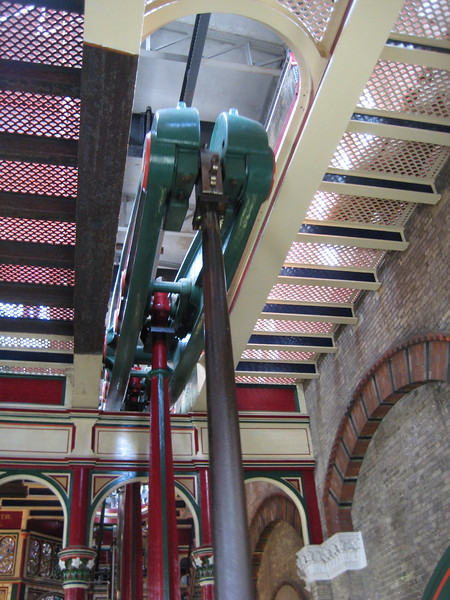 Looking up to the Prince Consort’s beam – flywheel connecting rod in front of pump connecting rods
Looking up to the Prince Consort’s beam – flywheel connecting rod in front of pump connecting rods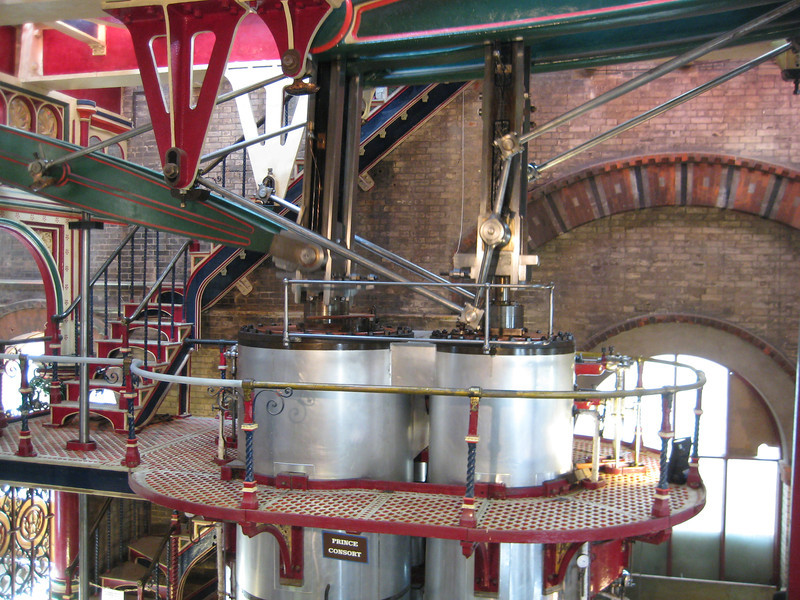 Counter beam on left, top of the low & intermediate cylinders
Counter beam on left, top of the low & intermediate cylinders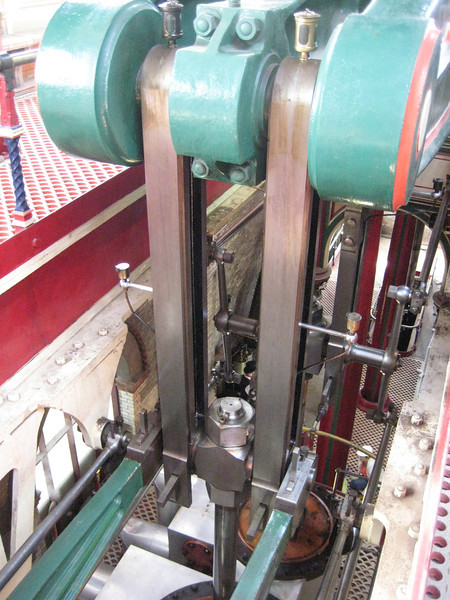 End of the main beam looking down on top of drive cylinders
End of the main beam looking down on top of drive cylinders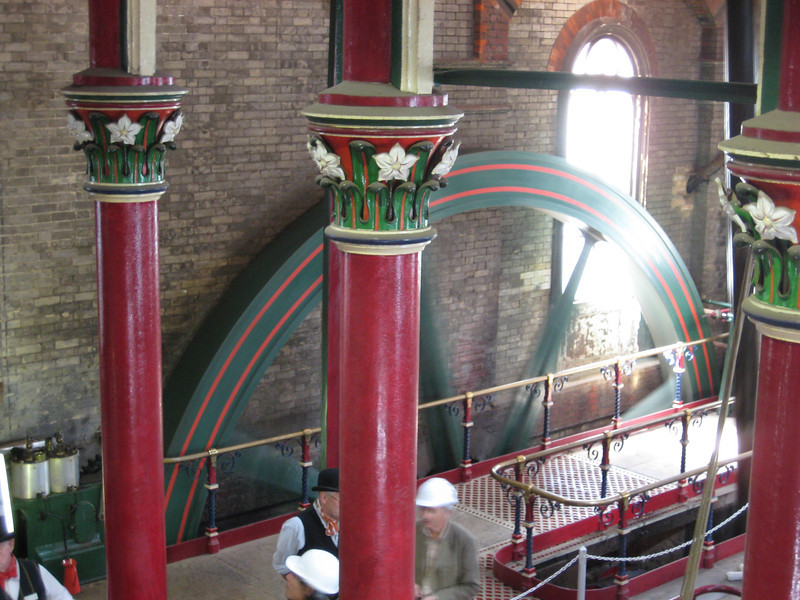 More superb Victorian detailing
More superb Victorian detailing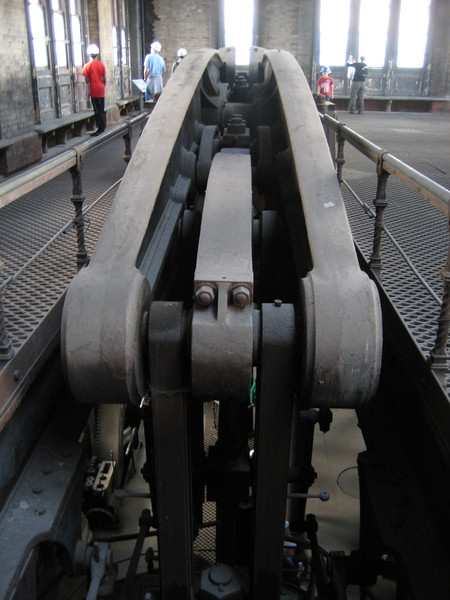 Unrestored beams
Unrestored beams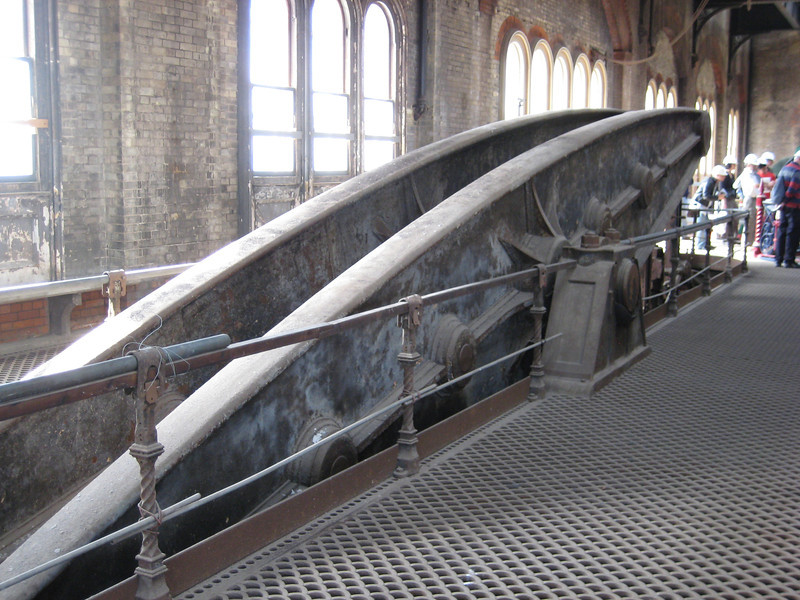
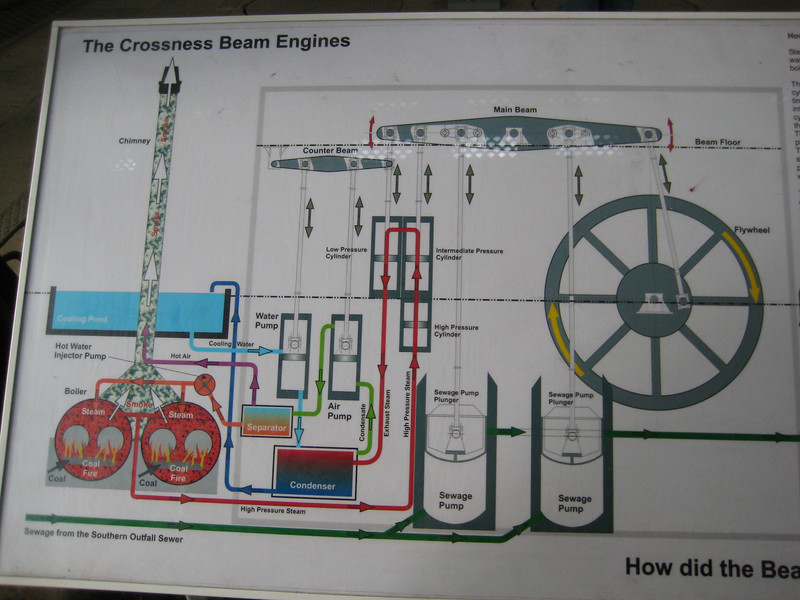 Just in case there’s anyone left wondering how this thing worked
Just in case there’s anyone left wondering how this thing worked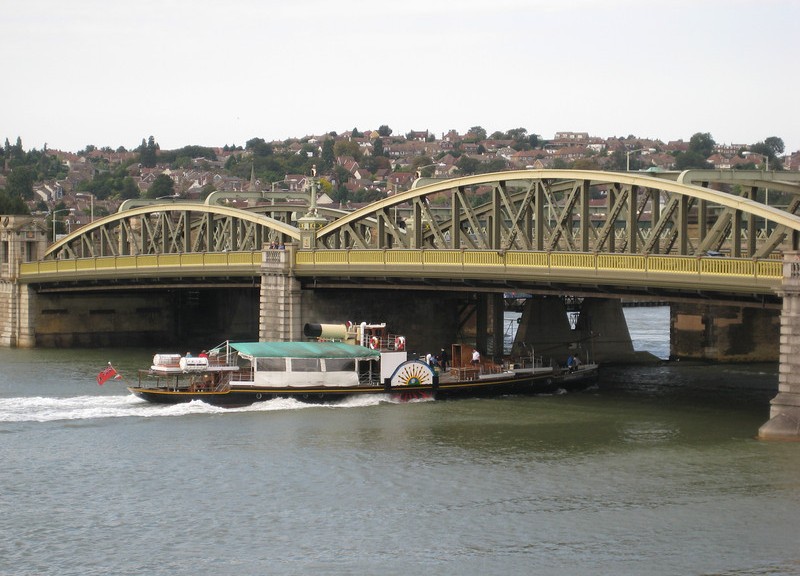
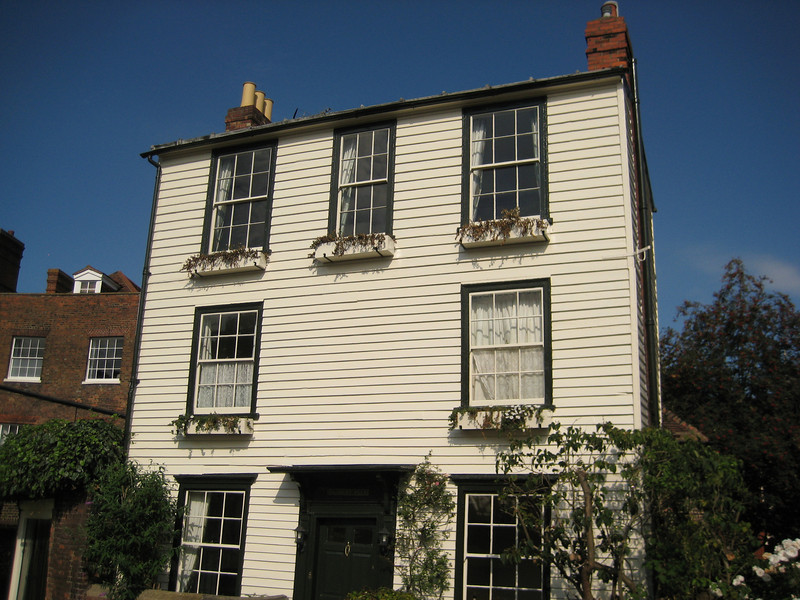
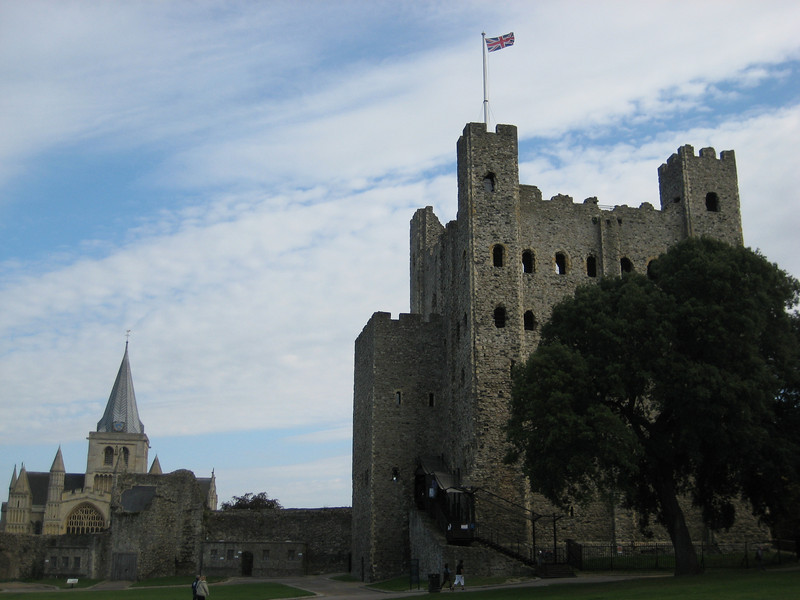
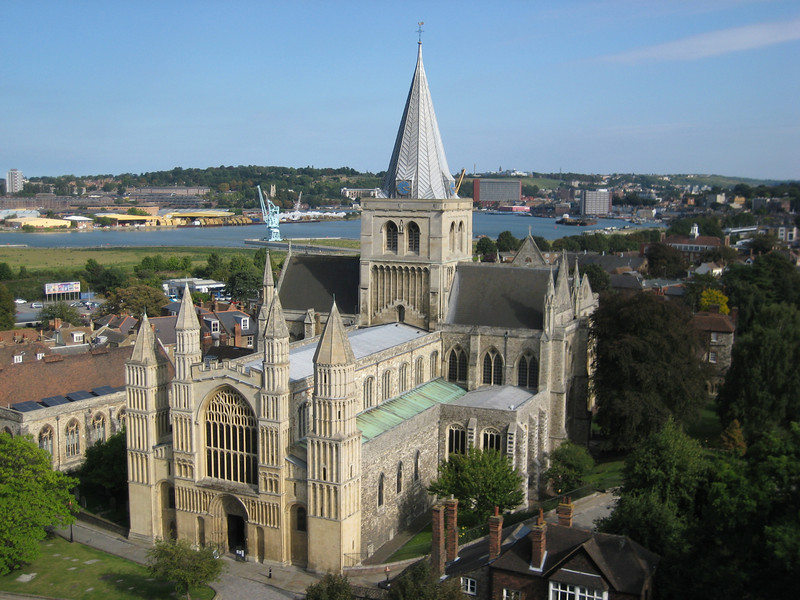
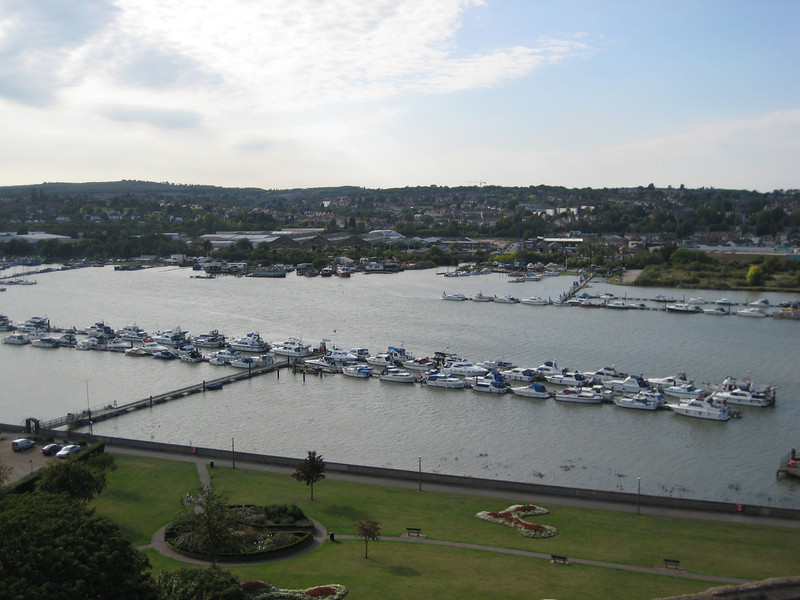
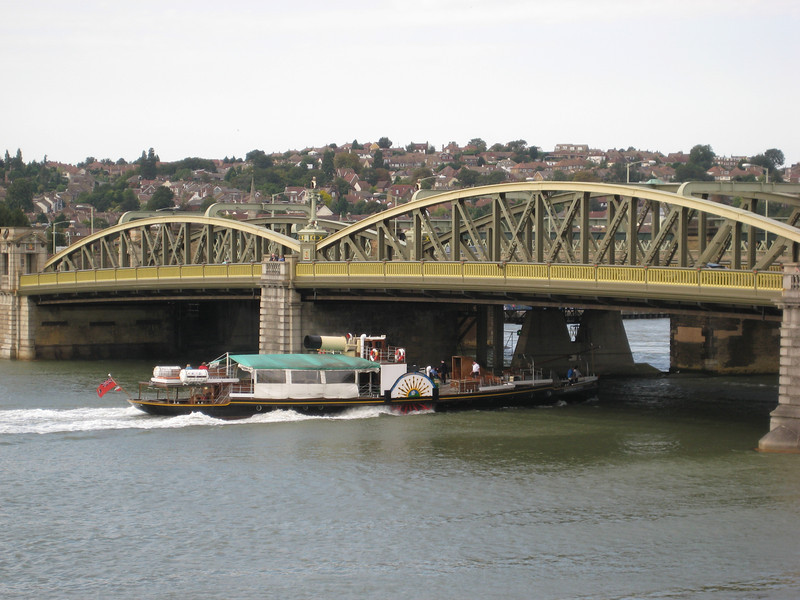 This paddle steamer was moving quicker than I expected – see how its stack has been folded down to fit under the bridge
This paddle steamer was moving quicker than I expected – see how its stack has been folded down to fit under the bridge